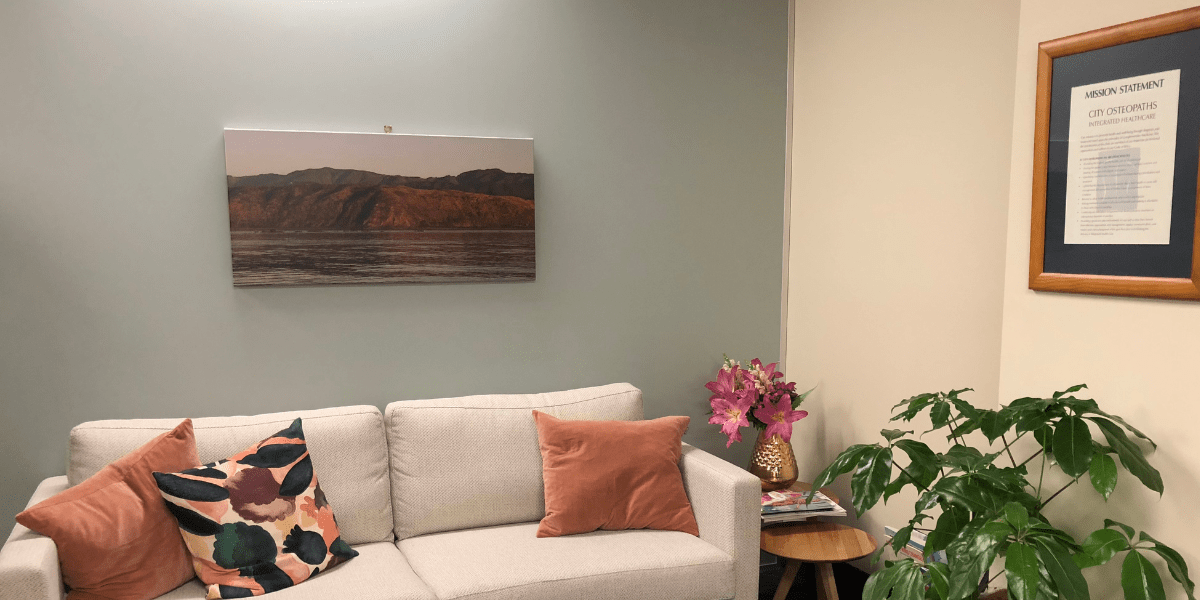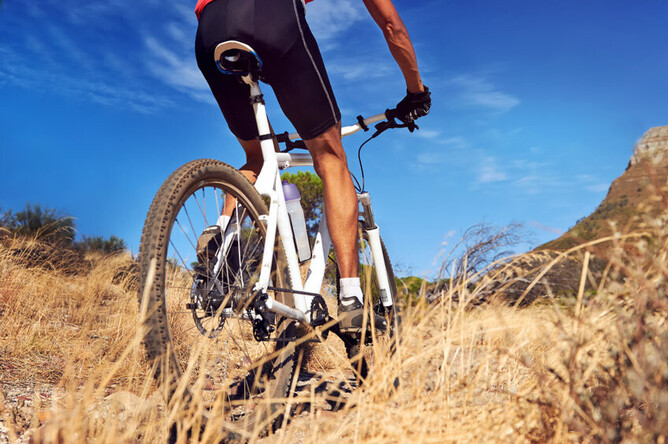CYCLING INJURIES, CYCLING OPTIMALLY AND HOW OSTEOPATHIC MANUAL TREATMENT CAN HELP YOU
Hi Wellingtonians! Reg Osteopath Diego Polo here, if you’ve had a moment to read my profile on the City Osteopaths’ website, you will see that I’m from Rio, Brazil and that I moved to live in Wellington very recently!
I would like to share two things with you that have really caught my attention in a positive way around here. The first one is the high percentage of people in Wellington, who regularly exercise. I would say that 90% of the clients I’ve already seen in our clinic, practice one or more types of sports and/or physical activities. For someone who has been working with professional and amateur athletes all my working life, that’s really amazing! Particularly because, alongside quality of sleep and nutrition, physical activity is essential to keeping us healthy and increasing our quality of life. The second one is the large number of cyclists there are in the city. I thought I was coming to the land of Rugby?!
In recent decades, a lot of research has been done with cycling athletes - both professional and amateur, to investigate questions related to competitiveness, performance and physiological responses of this sport. Another facet of the research focuses on the well-being and health status of these athletes.
Much is now known about the injuries of the lower limbs that are common to cyclists and the presence of discomfort and risk of injury caused by pressure on the perineum/pelvic floor and genital area. Additionally, the risk of injuries of the spine, especially on the lower back and neck regions, are very common. The position on a road bike requires long periods of time in an unfavourable posture, with an aggressive flexion of the trunk and hips and extension of the cervical spine and head, in order to reduce drag forces and favour aerodynamics. The posture adopted by the cyclist will also be influenced by the length of the bicycle frame, the seat height, and the rise of the stem, as well as the height and width of the handlebars.
As a cyclist, you may have experienced one or more of the most common injuries of this sport. Some of these are:
1. Falls: Falls are probably the most common cause of injuries for cyclists. Falls can cause different types of injuries, from skin bruises, clavicle and wrist fractures, muscle strains and problems that can bring more serious disorders, such as concussion.
2. Knee Injuries: Different types of injuries can affect the cyclist's knee, causing pain in different regions of the joint. They are: patellar tendinopathies, pes anserinus tendinopathies, patellofemoral pain syndrome, caused by excessive use, shortening and/or imbalance of the different quadriceps muscle portions, which can lead to patellar chondropathies and in particular, Iliotibial Tract Syndrome, which often requires extra treatment, especially if the athlete continues to compete.
3. Hip and Groin pain: Pain in the hip and groin region can cause marked discomfort and significantly decrease an athletes' performance.
4. Low back pain: As already mentioned, the cyclist's posture in extreme lumbar and hip flexion will commonly generate pain in the lumbar region, either by a flexion strain on the intervertebral discs, or by an overload of the extensor musculature of the lumbar region, which can reduce the stability in the region, leading to possible muscle injuries and overload in other regions, such as the hips and pelvis. A sign of concern is when pain spreads through the lower limbs, such as radiation, numbness and muscle weakness. This can occur due to problems arising from the lumbar region itself or due to excessive tension in some muscles, which can compress peripheral nerves of the lower limbs.
5. Perineal pain: The perineal region, or pelvic floor, is a set of muscles located in the lowest portion of the pelvis, between the anus and the genital region, which has several important functions and carries several vital structures, such as nerves, arteries and veins. Prolonged posture in the sitting position on the saddle can favour the compression of these structures, leading to changes in sensitivity, such as numbness and tingling, in addition to pain itself. Paresthesia can extend to the scrotum and penis, in men, and labia majora in women. The type of saddle and bike adjustment have a considerable influence on the emergence of these symptoms.
6. Neck pain: As already mentioned, the cervical spine is always positioned in hyperextension during pedalling, especially the upper cervical spine. This positioning excessively strains the neck and shoulder muscles. The most affected muscles are the suboccipital muscles, which have a very important proprioceptive function, as they always act by making micro-adjustments in the positioning of the head so that we can keep our gaze horizontal. These muscles are among the most innervated in the body and they developed exponentially at the end of man's evolutionary process, when we adopted the bipedal posture and needed to keep our gaze horizontal to master the environment around us. For this reason, the cyclist's cervical posture can cause not only neck pain, but also headaches at the base of the skull and in the back of the eyes and forehead region.
7. Wrist pain and tingling in the hands: Occurs mainly when the cyclist keeps his hands on the handlebars for a very long time. In addition to overloading the various joints of the wrist and hand, there may be neurological compression, especially of the ulnar nerve, which can cause tingling, numbness and weakness in the fourth and fifth fingers of the hand. Rough terrain also exacerbates this condition, affecting mainly the median nerve and generating carpal tunnel syndrome. In this case, it is the first 4 fingers of the hand, including the thumb, that will present these neurological signs.
8. Shoulder pain: Can occur due to prolonged posture of the arms in internal rotation and flexion, which favours an impaction of the shoulder joint, which may facilitate the emergence of impingement syndrome, bursitis and tendinopathies arising from it.
9. Plantar Fasciitis: Although more common in runners, some cyclists also suffer from plantar fasciitis, characterised by pain and stiffness in the sole of the foot. This is mainly due to the use of inappropriate cycling shoes and excessive tension in the muscles of the sole of the foot and calf.
As we know, cycling has developed considerably in recent decades and there are several modalities, such as road biking, track biking, mountain biking, trail biking, cross biking and BMX, etc. The emergence of these pathologies may be associated with the type of modality you practise, but despite the variations in posture on the bike and the specific mechanism of each modality’s practice, all the above injuries can arise in any modality, as the principles of each one are very similar and have the main element in common, which is the bicycle!
Now, if you like to ride, you've most likely heard of, or used a Bike Fitting service. Simply put, the service offers careful adjustment of the bicycle for a specific cyclist, respecting all their physical characteristics to obtain greater comfort, performance and efficiency while pedalling. Having a Bike Fitting helps prevent injuries and facilitates an athlete's post-training and post-competition recovery. Currently, with the help of various software and computerised evaluations, the quality of Bike Fitting has grown exponentially and it is a good investment for those who are always riding.
But what about the role of Osteopathy in all this?
If you are a bike lover and want to keep riding with the best possible quality of life and performance, then what is important - if not even more important, than taking care of your bike, is taking care of your instrument to ride - your body! Think of it like this, before you make the investment in a Bike Fitting, where the bike will be all adjusted to your body with the help of technology, you ideally will have already had checked the muscle imbalances, the alignment of your joints and your body's ability to adapt to the effort required to cycle first. That is exactly how Osteopathy can help you.
Osteopathy is a science that aims to evaluate changes in mobility and in the quality of the tissues of your body, to help you find your balance and your best state of health, guaranteeing greater comfort, performance and quality of life, preventing injuries and facilitating the recovery from these, keeping you active and healthy to perform your pedalling. Osteopathic Manipulative Treatment (OMT) achieves this by improving the mobility of joints and other body tissues, balancing muscle and ligament tensions, improving vascularization and oxygenation of your muscles and different tissues, increasing your body balance and coordination, ensuring a better relationship between your Central Nervous System (CNS) and your locomotor apparatus, among other multiple benefits that will keep your body in the best possible state of health and preparedness to reap the best results of a Bike Fitting for you and your bike.
I strongly recommend that anyone who regularly likes to have a Bike Fitting done with their bike, should come for one or two treatment sessions first, at around ten and then three days before doing their Bike Fitting. That will really take your Bike Fitting to another level. If you are not worried about performance and just want to stay active and healthy, come to see your osteopath regularly, once every two to three weeks or even once a month. This will be incredibly beneficial for your health. Remember that prevention is the best treatment.
See you at City Osteopaths, let’s work together!
References
Di Alencar, Thiago Ayala M.; Matias, Karinna F. S.; Bini, Rodrigo R.; Carpes, Felipe Pivetta (2011). Revisão etiológica da lombalgia em ciclistas. Revista Brasileira de Ciências do Esporte (Impresso), 33(2), 507–528.
Salai, M.; Brosh, T.; Blankstein, A.; Oran, A.; Chechik, A. (1999). Effect of changing the saddle angle on the incidence of low back pain in recreational bicyclists. British Journal of Sports Medicine, 33(6), 398–400.
K. de Vey Mestdagh (1998). Personal perspective: in search of an optimum cycling posture. , 29(5), 325–334.
Dannenberg, A. L.; Needle, S.; Mullady, D.; Kolodner, K. B. (1996). Predictors of Injury Among 1638 Riders in a Recreational Long-Distance Bicycle Tour: Cycle Across Maryland. The American Journal of Sports Medicine, 24(6), 747–753.
Weiss, B. D. (1985). Nontraumatic injuries in amateur long distance bicyclists. The American Journal of Sports Medicine, 13(3), 187–192.
C. A. Wilber, C. 1. Holland, R. E. Madison and 5. F. Loy, An Epidemiological Analysis of Overuse Injuries Among Recreational Cyclists. Int. J. Sports Med., Vol. 16, No. 3, pp. 201 -206, 1995
Asplund, Chad; Webb, Charles; Barkdull, Thad (2005). Neck and Back Pain in Bicycling. Current Sports Medicine Reports, 4(5), 271–274.
Alencar, T., & Matias, K. (2018). BIKE FIT E SUA IMPORTÂNCIA NO CICLISMO. Movimenta (ISSN 1984-4298), 2(2), 59-64.
Educational Council on Osteopathic Principles. Glossary of Osteopathic Terminology. Washington, DC: American Association of Osteopathy Colleges: 2001.
Denslow JS. Pathologic evidence for the osteopathic lesion: The Known, unknown and controversial. En: Beal MC, ed. Selected Papers of John Stedman Denslow, DO. Indianápolis, IN: American Academy of Osteopathy; 1993: 154-160.
Korr I. The neural basis of the osteopathic lesion. En: Peterson B, ed. The Collected Papers of Irvin M. Korr. Colorado Springs, CO: American Academy of Osteopathy, 1979: 120-127.
To find out more about the author Dr Diego Polo, Click here


